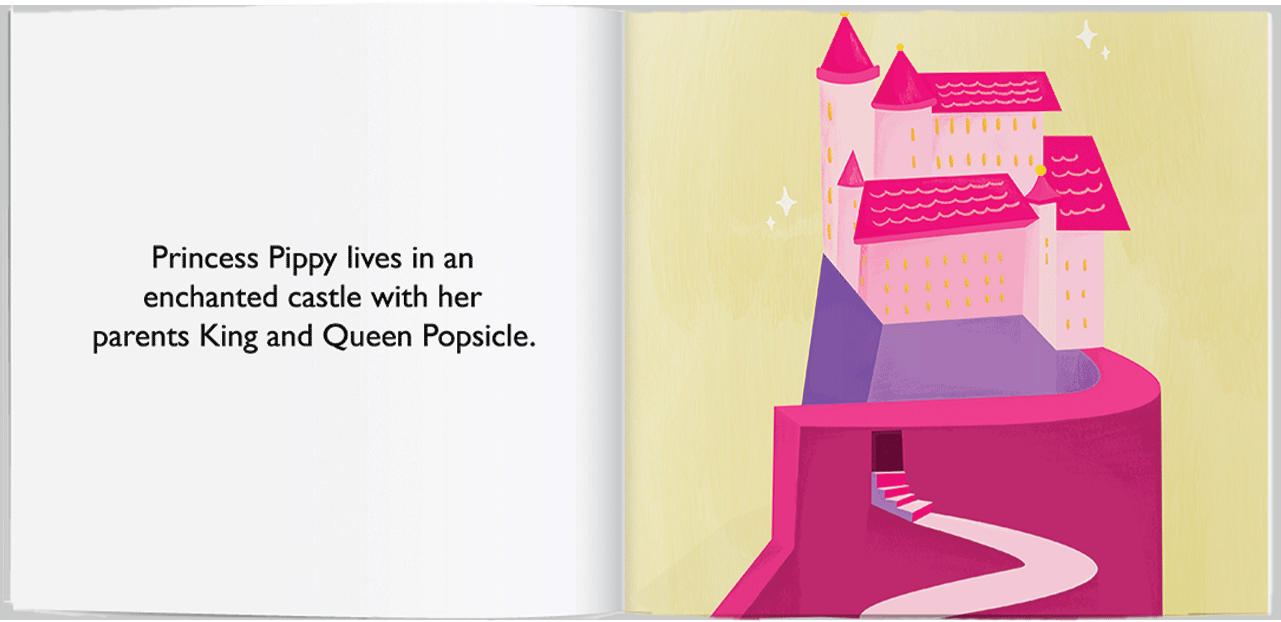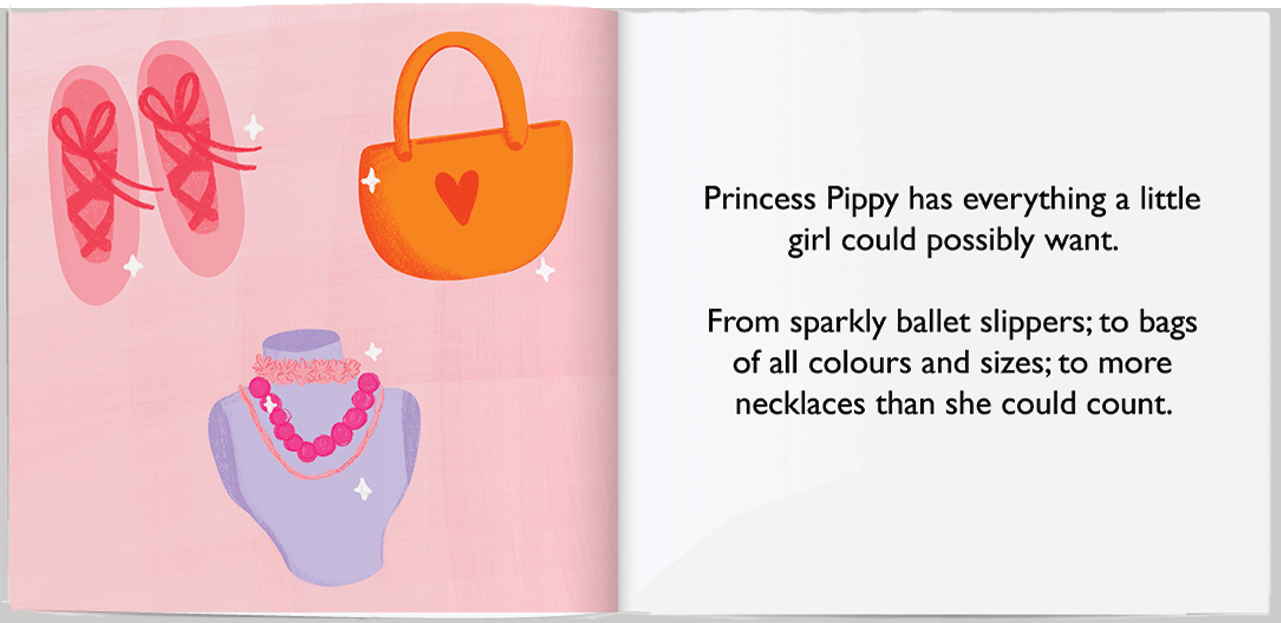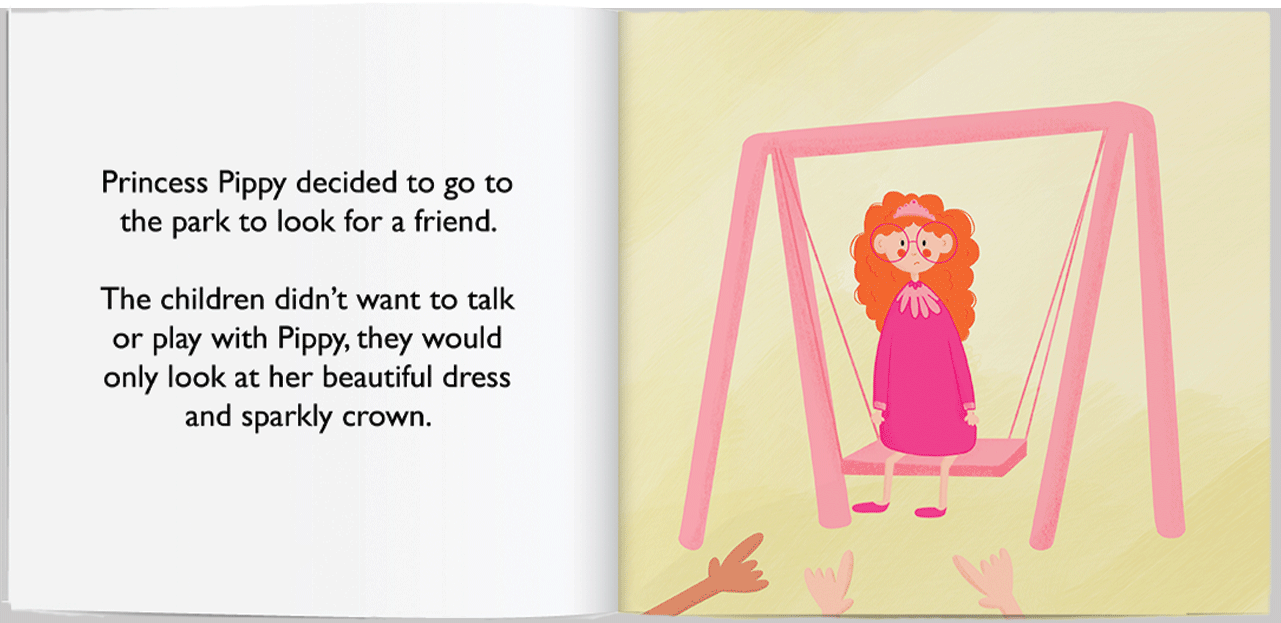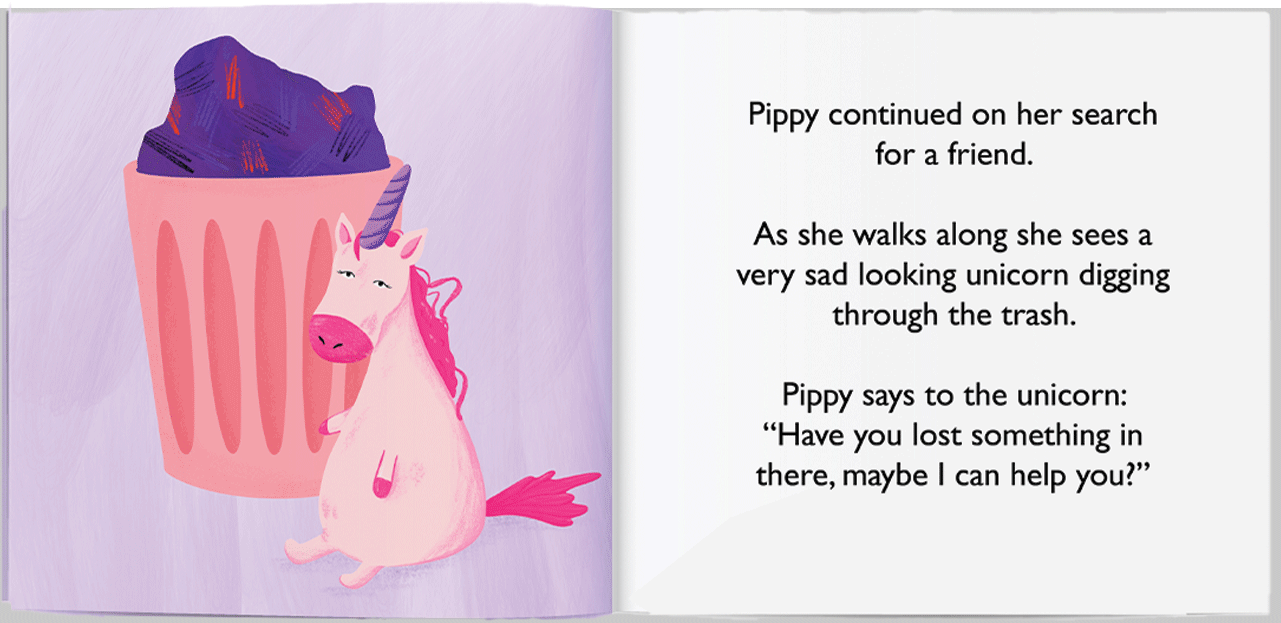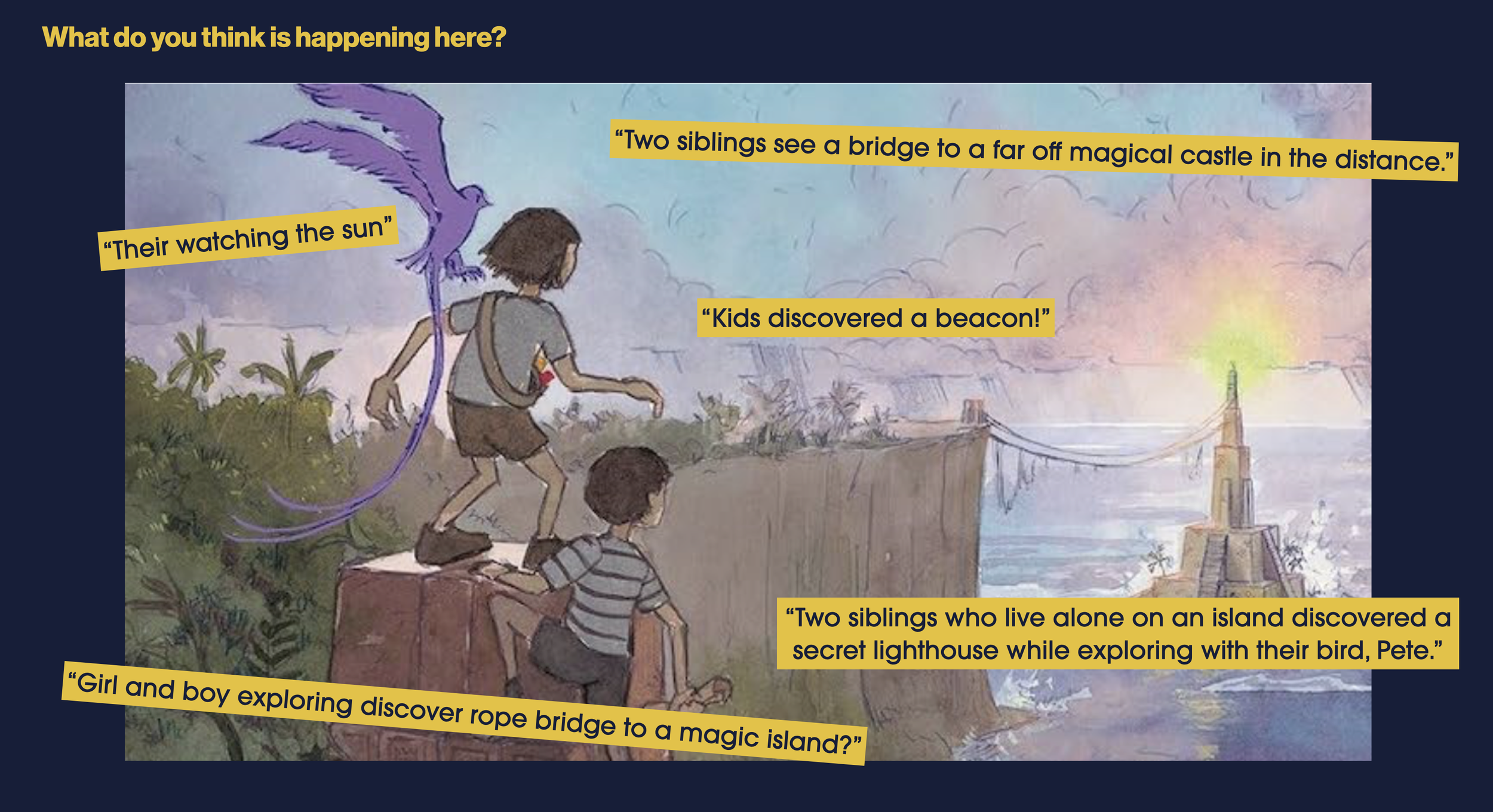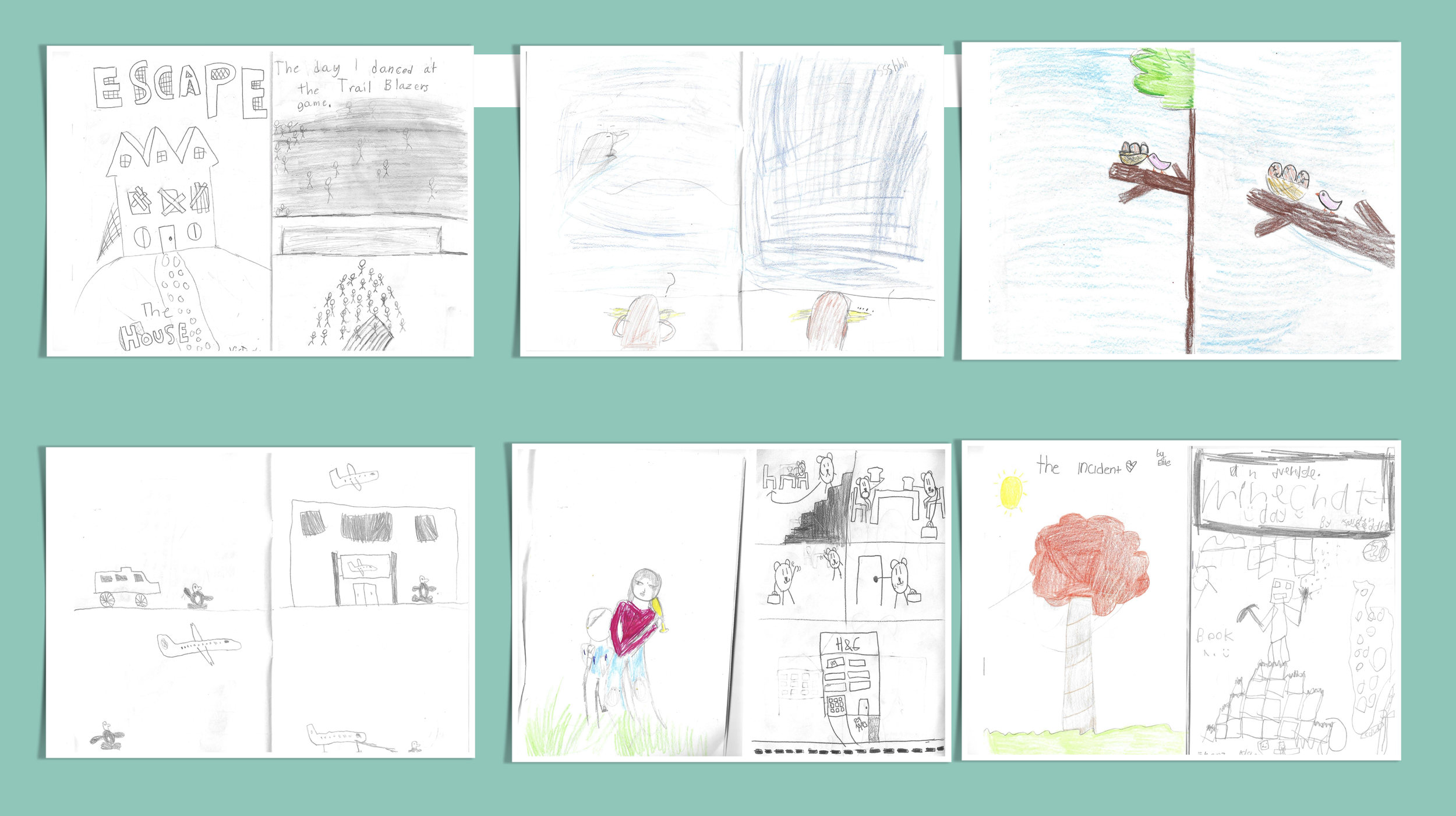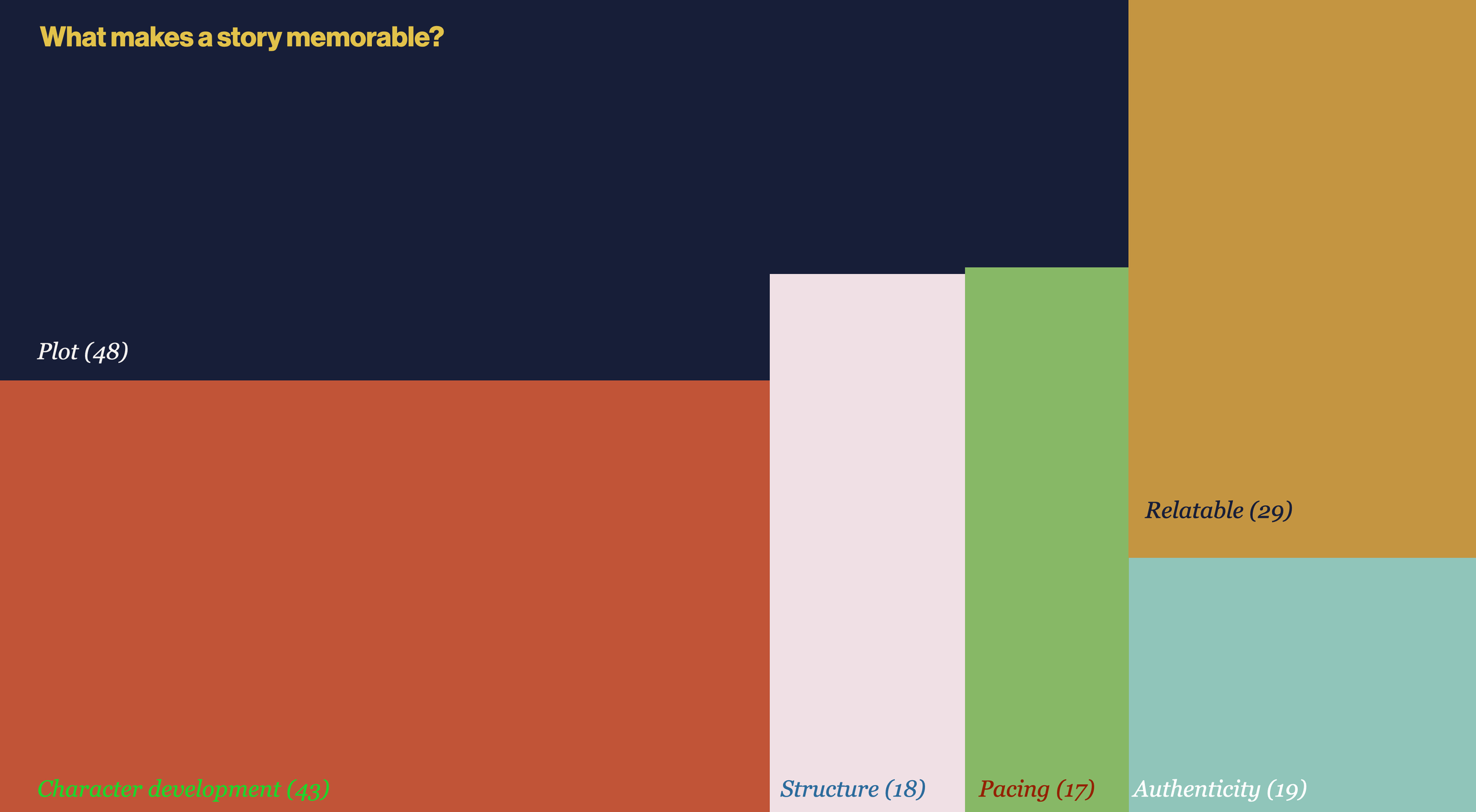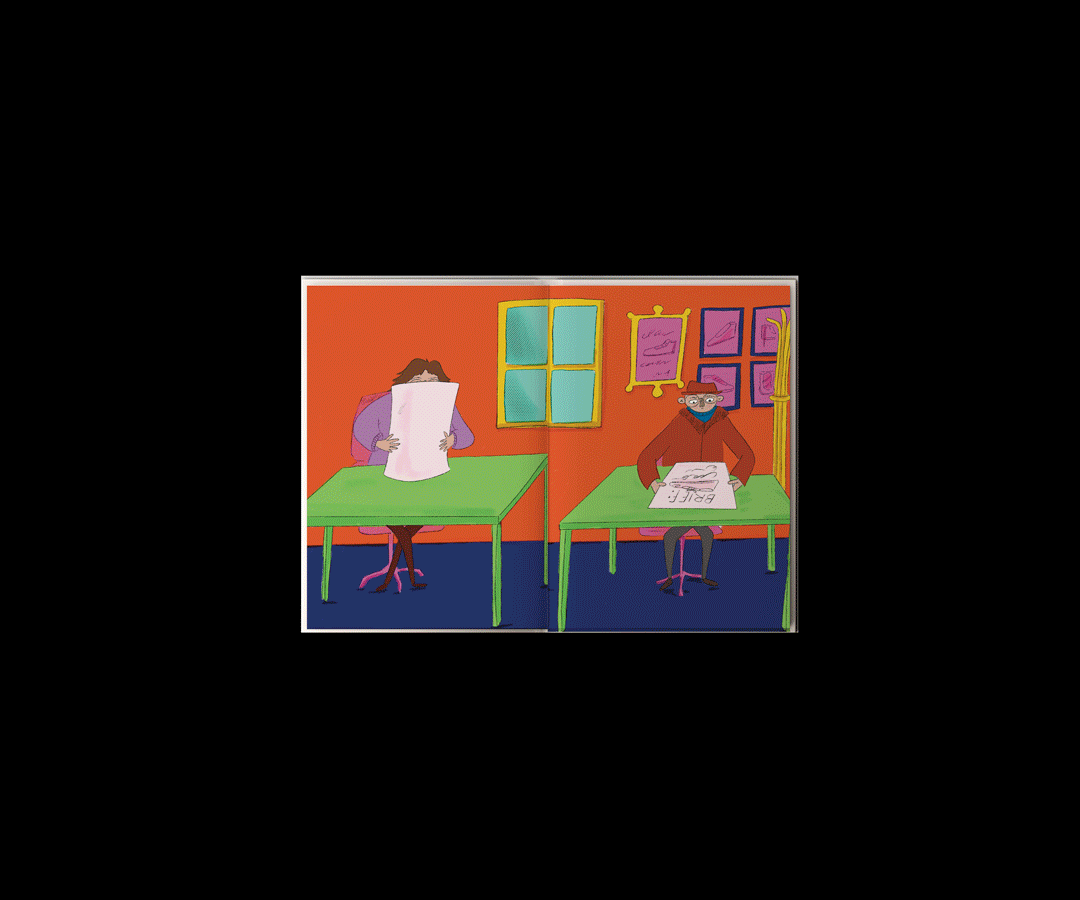
Wordless Picture Book
Starting my research I went into the local elementary school to speak to the Kindergarten and fifth-grade classrooms about wordless picture books. They then made their visual narratives. In addition, a survey was conducted gathering over 60 responses. The gatherings from my case studies led me to determine three key points. [1] The ability to challenge conventional methods and rethink how something is done is a reflection of the student's confidence to be creative. [2] A reader’s age does not appear to influence their ability to understand or interpret, it is their level of trust and creativity that determines success. [3] I learned that character, plot, and relatability are key to the success of an iconic story.
Research
Kindergarten Illustrations
Survey Responses
Fifth-grade Illustrations
Survey Responses
Moodboard






Outcome
From my research, I learned that a strong visual narrative can be formed with intentional design, characters, environment, and a touch of creative confidence. One that can be interpreted by those young and old. Each page of the book was drawn with analog first and then transferred to digital medium.
This book tells the story of Maude, a recent grad student who is new to the professional design world. She is paired with senior shoe designer Chester, who is senior in both the professional and real-world sense. A stubborn man who knows the way things have always been done and has stuck to them. They are given a project to hopefully get them both out of their comfort zones, Maude with her “new ways of doing things” and Chester’s practiced routine. By working on this project, Maude slowly learns to trust her creative thinking and Chester learns to have confidence in an open mind.
This book tells the transformative journey of balancing innovation and tradition, as Maude and Chester challenge each other to grow both professionally and personally. Throughout this book, I was able to practice my illustration skills and challenge myself as a storyteller. Building a story without the use of words is challenging. Creating a narrative arc that solely relies on images pushed me as a creative to learn new ways to show emotion and expression. I was able to learn more about environment building, drawing very intentional facial expressions and body language.













Student Leadership Characters
As part of PSU’s SALP [Student Activities & Leadership Programs] team, I was asked to create a cohort of mascots. These mascots are illustrated animals with personalities that would be used throughout SALP. A total of five mascots where illustrated in 50 different positions, the animals including : a bear [SALPIE], a raven [RAMSEY], a rabbit [RUBY], a squirrel [SAMANTHA], and a salmon [STEVEN].
Moodboards
The inspiration behind the design primarily came from the “Webkinz” characters. The idea of them having a world of their own to live in really brought the concept together. These SALP characters were aimed at being used in various formats- from social media to merch. The “childlike” whimsiness allowed for the highlighting of certain physical attributes.



Now these characters can be seen in the SALP Clubhouse space, across social media, and soon to be available on merch. March 2025 the mascots where put to a vote with “Ramsey the Raven” being the decided winner.
Outcome
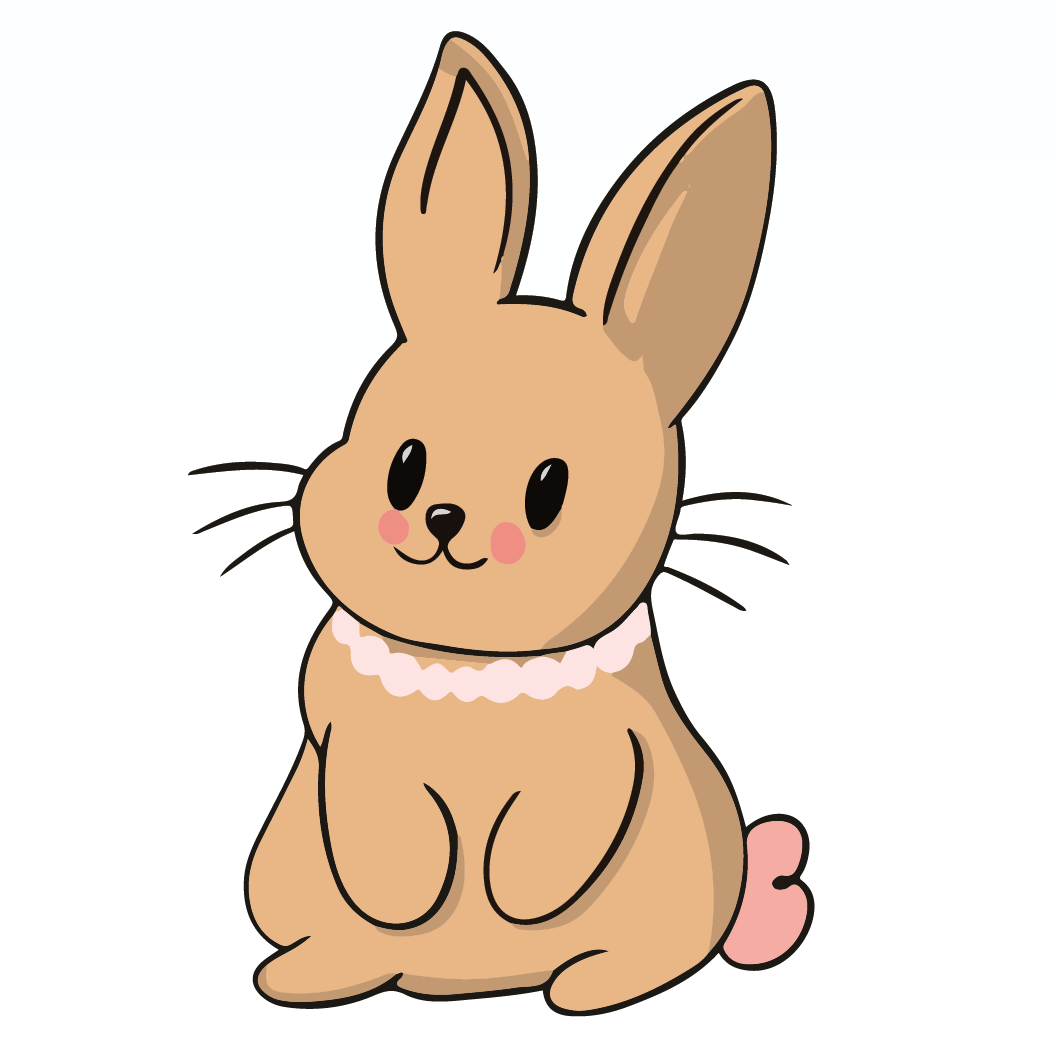
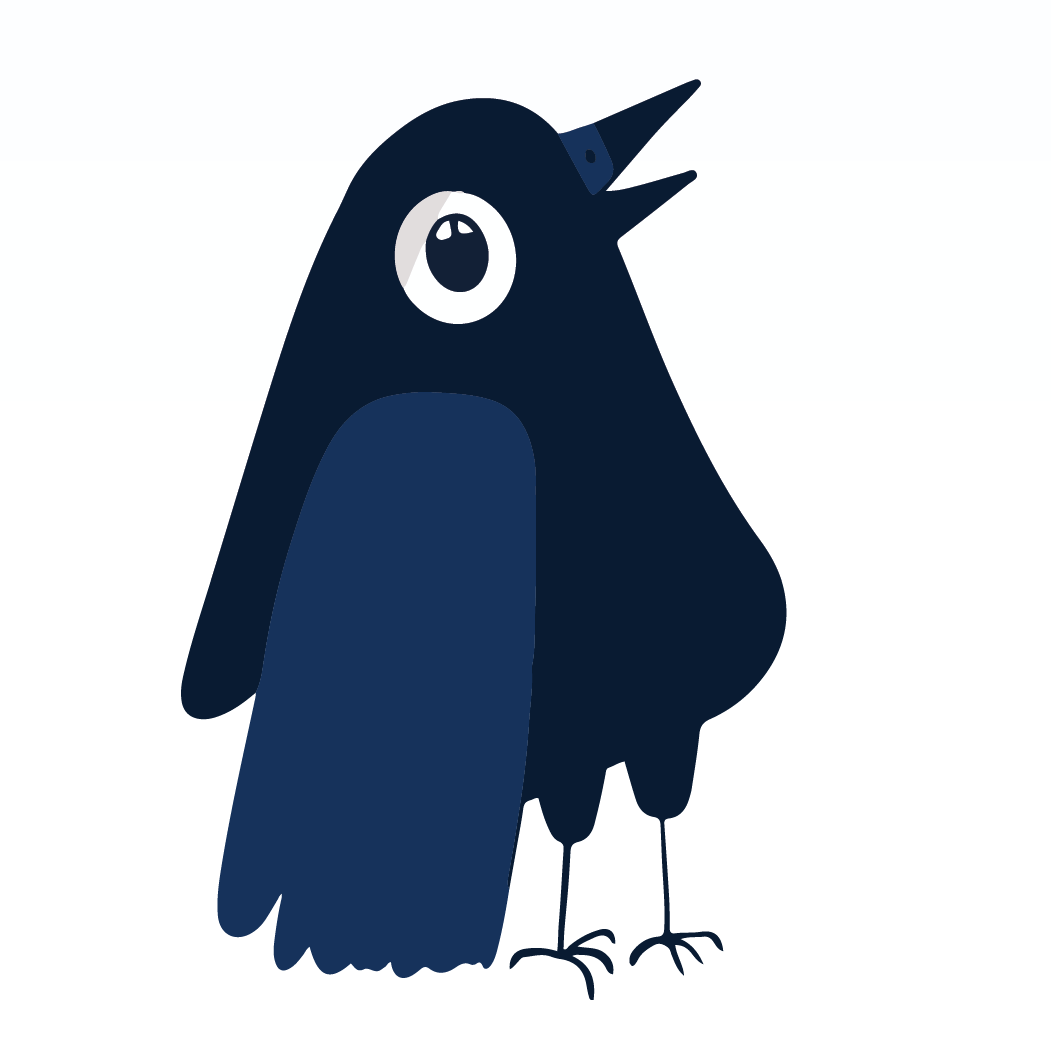

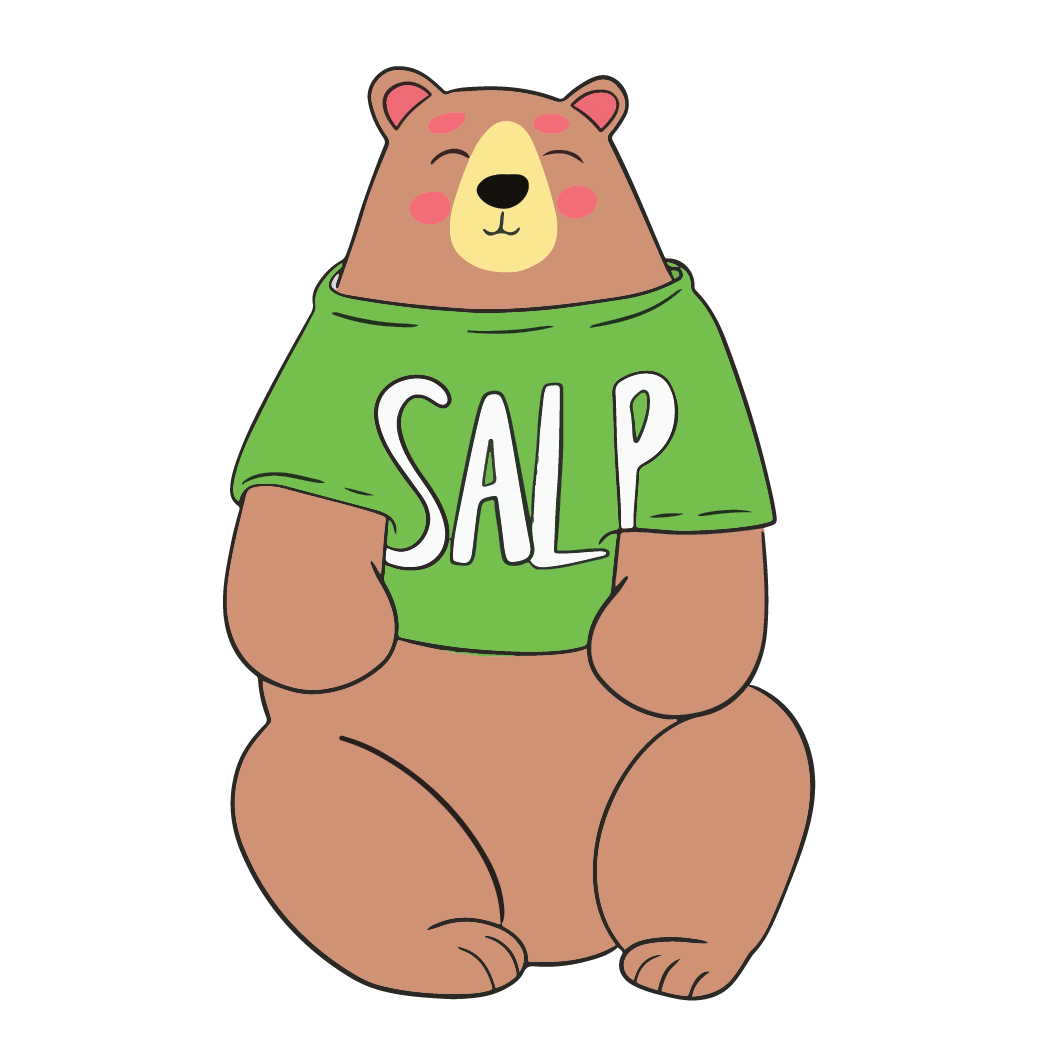
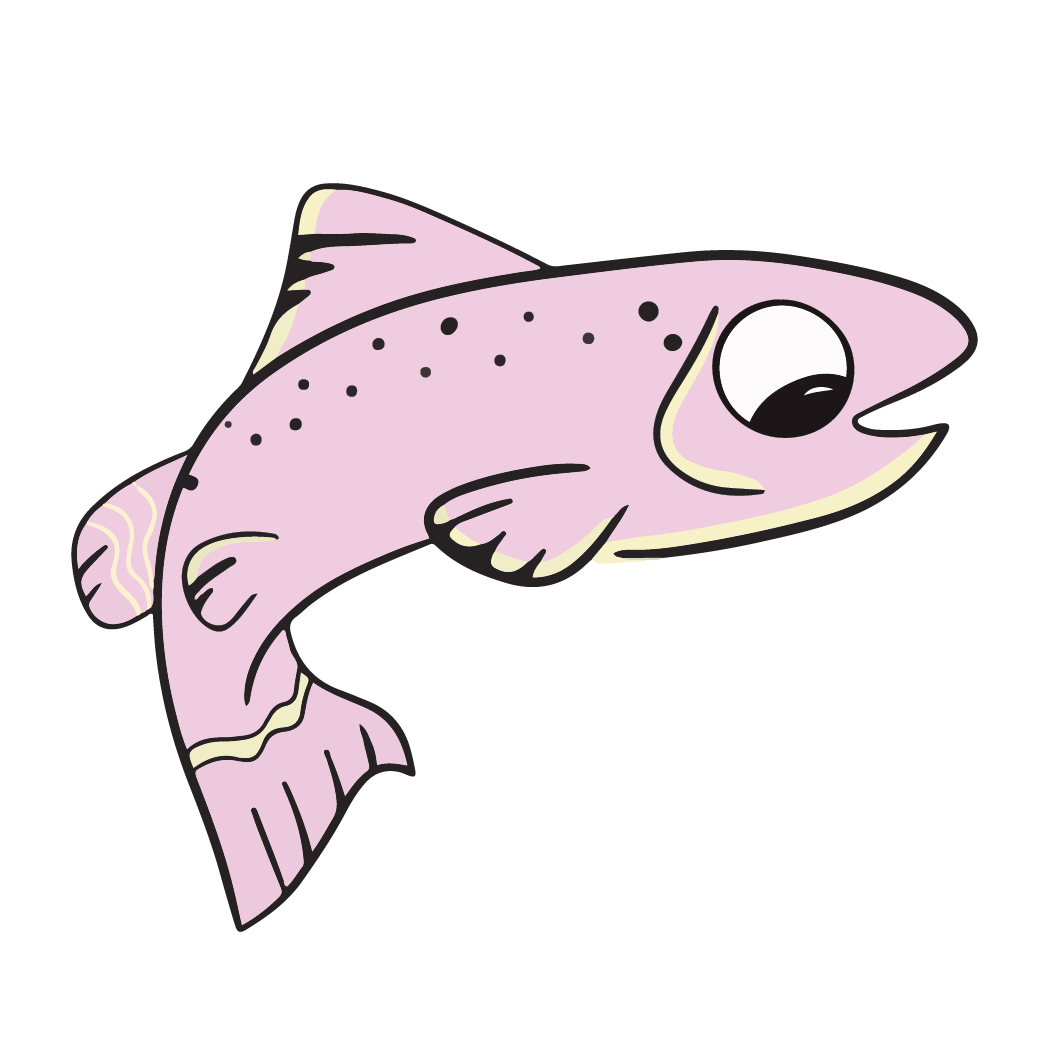
Pippy & Corn’s Foodbank
Pippy & Corn began as a way for my Mom and me to collaborate on a creative project that taught my younger sisters about food wealth. With the mentorship of my design thinking Professor, I learned about building a visual narrative; iteration; page layout; and how to create with a specific audience in mind.
Princess Pippy Popsicle is looking for a new friend when she meets Corn. A unicorn in need of food, friendship and warmth. In gratitude of finding friendship in one another they decide to push the positive energy into helping their community.
Follow Pippy and Corn on their journey to learning how to help others in need!

